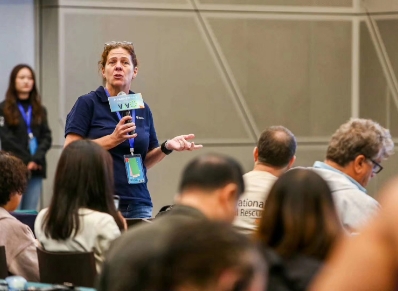Development of Animal Welfare Laws
How we treat animals has long been a concern for philosophers, ethicists and humanitarians. Developments in animal protection have run in parallel with developments in human rights and protection for hundreds of years. Often advocates of animal protection have also been advocates working in the field of child protection, anti-slavery and emancipation. However for there to be real progress in any of these fields there needs to be a legal framework that can be used to encourage people to behave in the way that society (through various mechanisms) has deemed they should and gives us a mechanism to punish people who do not comply.
Brief History of Animal Welfare Legislation
The first animal welfare law was Martin’s Act which was introduced in 1822 and was a very basic law aimed at protecting food animals. It was a key first step in the legal process required to back-up and drive improvements in animal protection and welfare. In fact, as a result of this, the RSPCA was formed and the first inspectors engaged – their chief role being to ‘police’ animal markets against animal cruelty.
In the UK the introduction of the legislation and the action of the RSPCA, its Inspectors, supporters and advocates set a precedent that was followed by other jurisdictions around the world, including Hong Kong. It is interesting to note that Hong Kong’s Prevention of Cruelty to Animals Ordinance was introduced in 1935 – 14 years after the HK SPCA was formalised in 1921.
Over the years there have been many developments in both concepts and attitudes towards animals, along with increased knowledge and understanding of their biology and welfare needs. In other jurisdictions (including those with legal systems that are comparable to Hong Kong) the law and the legislative process aims to ensure that animal welfare legislation matches these developments and proactively encourages or directs people to treat animals so their welfare improves.
Unfortunately now Hong Kong now lags behind other territories, not only with anti-cruelty legislation but also with other regulation that promotes and creates better animal welfare, including those in the pet trade, laboratory and those slaughtered for food.












